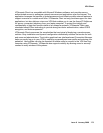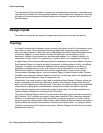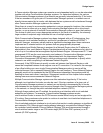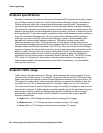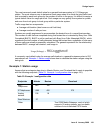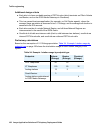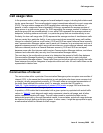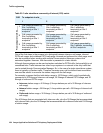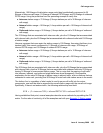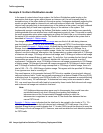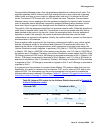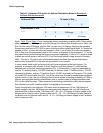
Design inputs
Issue 6 January 2008 181
The most commonly used default value for a general business system is 0.11 Erlangs per
station. The most common way to determine trunk usage rates is to divide the total traffic load
that is carried by each trunk group by the number of trunks in the group. It is difficult to assign a
typical default value for usage per trunk. Such usage can vary greatly from system to system,
and even from trunk group to trunk group within a particular system.
Traffic usage has two components:
● Average call duration (also known as call hold time)
● Average number of calls per hour
Systems are usually engineered to accommodate the busiest hour of a normal business day.
The number of calls that are completed during that busiest hour is denoted by Busy Hour Calls
Completed (BHCC). BHCC is not be confused with Busy Hour Calls Attempted (BHCA), which
represents the total number of calls attempted during the busiest hour, regardless of how many
of those calls are actually successfully completed. The general expression for the relationship
between BHCC, average call duration, and usage is:
A commonly used default value for average call duration in a general business system is 200
seconds per call. Example 1: Station usage
shows how to calculate the station usages using the
data given.
Example 1: Station usage
Assume that an enterprise has sites in Atlanta, Boston, and Cleveland that it wants to populate
with the following endpoints (Table 23:
Example 1 configuration data on page 181).
Usage (Erlangs)
BHCC seconds per call
×
3600
-------------------------------------------------------------
=
Table 23: Example 1 configuration data
Endpoints Atlanta Boston Cleveland
DCP
Telephones
540 180
IP Telephones 1,080 450 270
Analog
stations
108 18
Road Warriors 27
Other Two G350 Media Gateways, each of which
supports 18 analog stations, and a suitable
number of circuit-switched PSTN trunks



